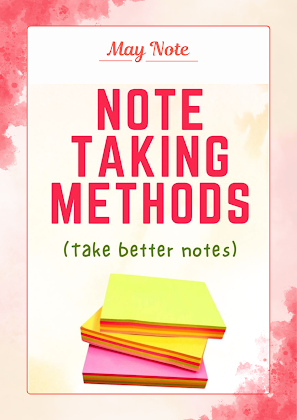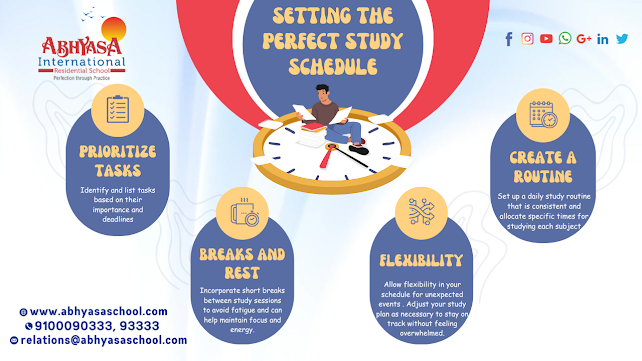Effective note-taking is a crucial skill for academic success. Well-organized notes help students retain information, prepare for exams, and stay engaged during lessons. Whether your child is in primary school or high school, adopting the right note-taking strategies can make a significant difference in their learning process.
Here are some of the best note-taking techniques that students can use to improve their study habits:
1. The Cornell Method
The Cornell Method is a structured approach that divides the page into three sections:
Notes: Main content written during class.
Cues: Key questions or keywords added later for review.
Summary: A brief recap of the lesson at the bottom.
Benefits:
- Encourages active listening and summarization.
- Makes revision easier with clear cues and summaries.
2. Outline Method
This method organizes information hierarchically using bullet points and indentation.
How to Use It:
- Main topics are written as headings.
- Subtopics and details are indented beneath.
Benefits:
- Keeps notes clean and logically structured.
- Ideal for subjects with clear hierarchies (e.g., History, Science).
3. Mind Mapping
Mind maps are visual diagrams that connect ideas around a central topic.
How to Use It:
- Write the main concept in the centre.
- Branch out with related subtopics and details.
Benefits:
- Great for visual learners.
- Helps in brainstorming and connecting ideas.
4. Charting Method
Information is organized in columns and rows, similar to a table.
Best For:
- Comparing facts (e.g., differences between concepts, historical events).
- Subjects with lots of data (e.g., Science, Economics).
Benefits:
- Simplifies complex information.
- Easy to review before tests.
5. Sentence Method
Students write every new thought or fact on a separate line.
Best For:
- Fast-paced lectures where organizing isn’t possible immediately.
Benefits:
- Quick and simple.
- Can be reorganized later.
Tips for Effective Note-Taking
- Be Selective: Focus on key concepts, not every word.
- Use Abbreviations & Symbols: Saves time while writing.
- Review & Revise: Go over notes within 24 hours to reinforce memory.
- Color Coding: Helps in categorizing and quick reference.
- Digital Tools: Apps like OneNote, Evernote, or Notion can enhance organization.
How Parents Can Help
- Encourage your child to experiment with different methods.
- Provide notebooks, highlighters, or digital tools.
- Help them review notes regularly.
Final Thoughts
Good note-taking is a skill that improves with practice. By choosing the right strategy, students can enhance comprehension, retention, and academic performance. Encourage your child to try these techniques and find what works best for them!
For more study tips and educational resources, stay tuned to the Abhyasa School Blog.





